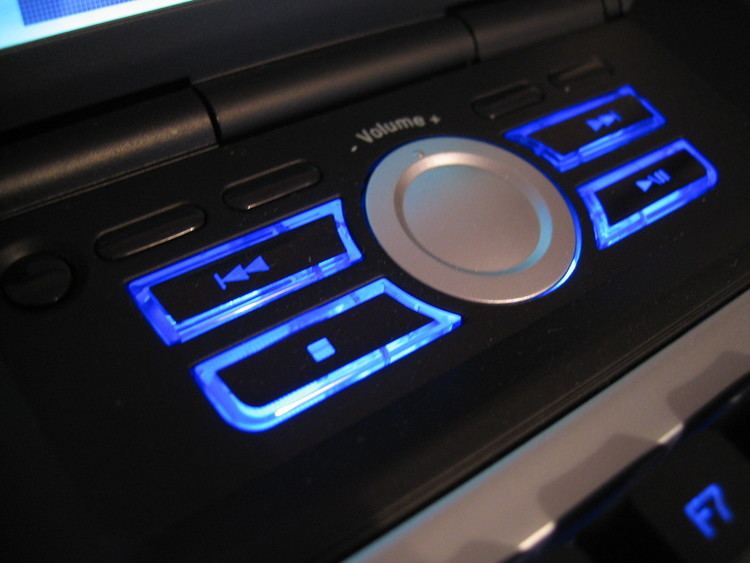 | ||
In digital electronics, analogue electronics and entertainment, the user interface of media may include media controls or player controls, to enact and change or adjust the process of watching film or listening to audio. These widely known symbols can be found in a multitude of software products, exemplifying what is known as dominant design.
Contents
Symbols
These are common icons on physical devices and application software. They are commonly found on portable media players, VCRs, DVD players, record players, remote controls, tape players and multimedia keyboards. Their application is described in ISO/IEC 18035.
The main symbols date back to the 1960s, with the Pause symbol having reportedly been invented at Ampex during that decade for use on reel-to-reel audio recorder controls, due to the difficulty of translating the word "pause" into some languages used in foreign markets. The Pause symbol was designed as a variation on the existing square Stop symbol and was intended to evoke the concept of an interruption or "stutter stop".
Consumer Products
In popular culture, the play triangle is arguably the most widely used of the media control symbols. In many ways, the symbol has become synonymous with music culture and more broadly the digital download era. As such, there are now a multitude of items such as t-shirts, posters, and tattoos that feature this symbol. Similar cultural references can be observed with the Power symbol which is especially popular among video gamers and technology enthusiasts.
Branding
Media symbols can be found on an array of advertisements for live music venues to streaming services. In 2012, Google rebrand its digital download store to Google Play. The store uses a play symbol in its logo; the play symbol also serves as a logo for Google owned video sharing site YouTube.
Use on Appliances and Other Mechanical devices
In recent years, there has been a proliferation of devices that use media symbols in order to represent the Run/Stop/Pause functions. Likewise, user interface programing pertaining to these functions has also been influenced by that of media players. For example, some washers and dryers with a common illuminated play/pause button are programed so that when the appliance is off, the play/pause light stays off. When the device is running the light stays on, and when the washer/dryer is in a paused state, the button flashes. This type of programing is similar to that of earlier CD players, which are also set to flash in this manner in the pause state.
Aside from appliances, there are many other instances when run/stop/pause functionality is needed and media symbols could theoretically be used instead of or in addition to words. In recent years, some exercise machine manufactures have chosen to do this. A notable difference in the use of these symbols on exercise equipment is that these machines usually contain an emergency stop button. Typically, this function is denoted with a red octagonal stop sign symbol, as opposed to a square, when the button may also be used for emergencies.
